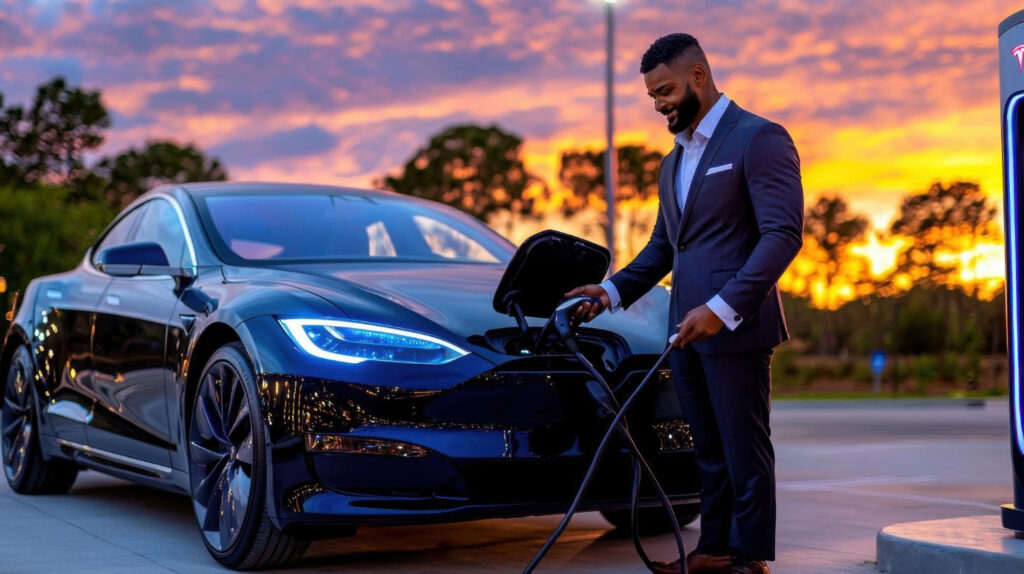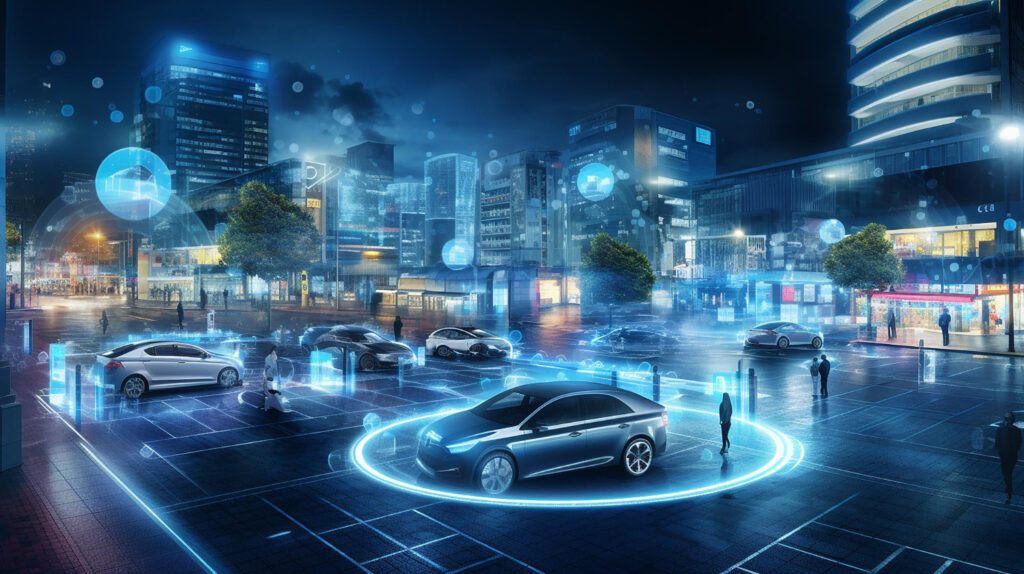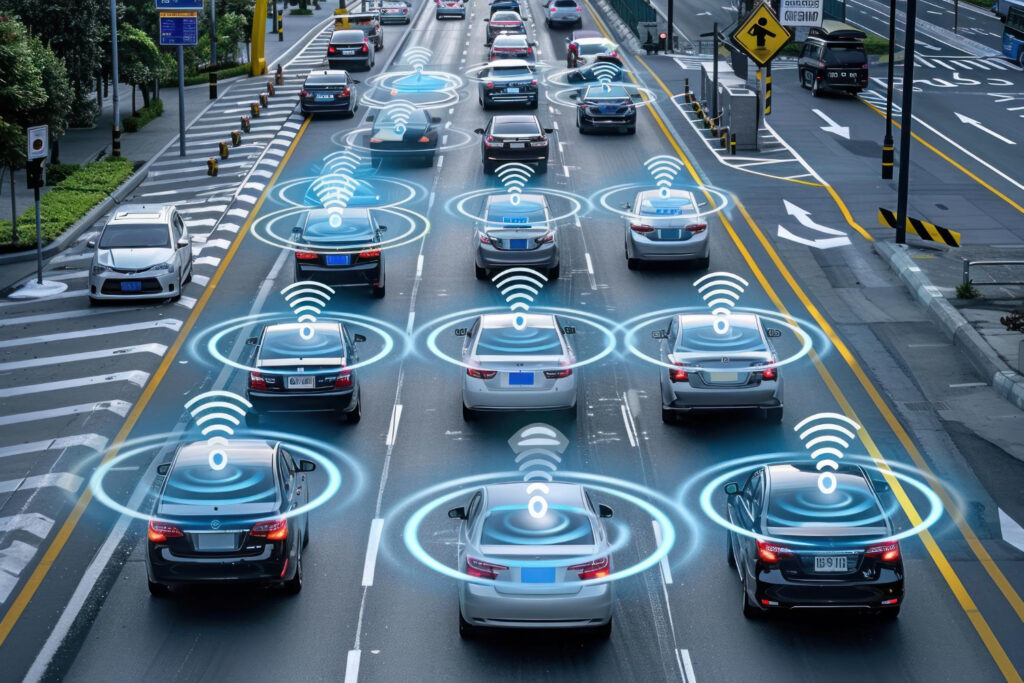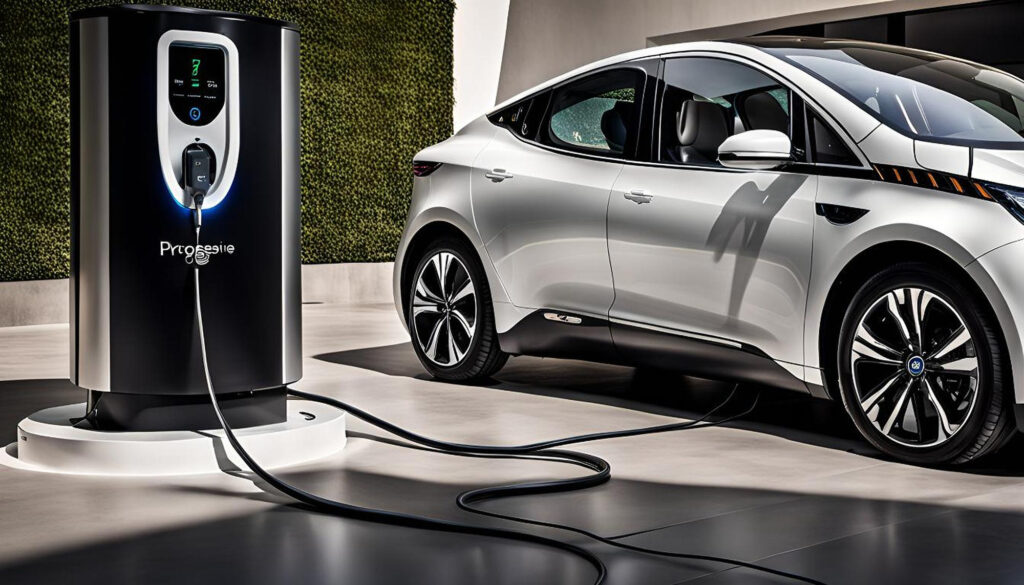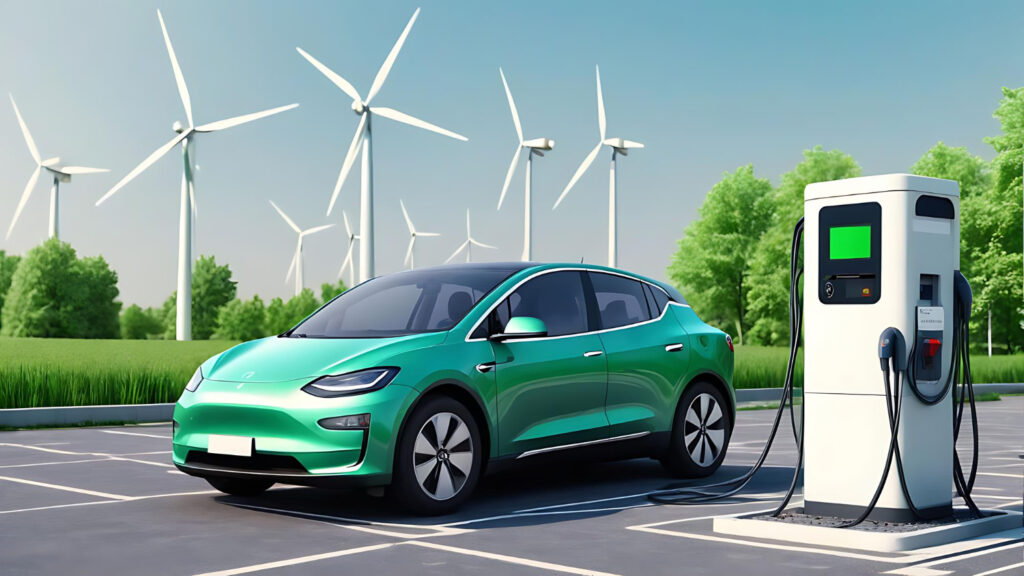
Electromobility is a powerful factor in reducing CO2
Thanks to advances in electromobility, fully sustainable transport via road, rail, and marine is now a realistic goal – without having to compromise the way we live, move and work. And given that transport emissions accounted for over 24% of global CO2 emissions in 2016, a move towards total e-mobility cannot happen quickly enough. In fact, with CO2 transport emissions expected to grow at a faster rate than that of any other sector, electromobility is a necessity if we are to reach the Paris Agreement ambitions.
Abonnieren Sie unsere Linked-In-Seite

